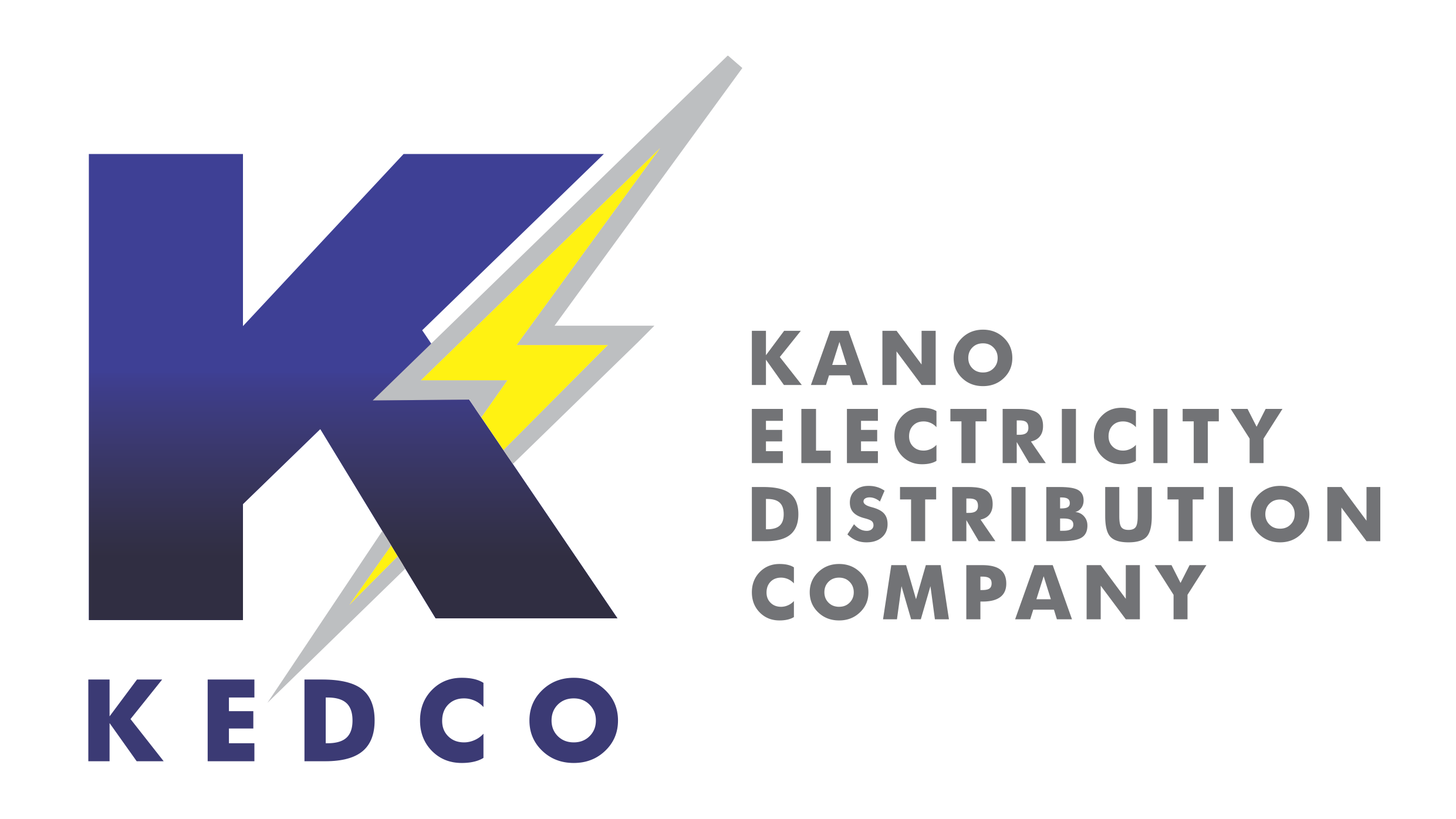Denmark Drives Future of Transportation with Revolutionary Billion Pound Underwater Tunnel Slashing Travel Times and Boosting Regional Growth - Travel And Tour World
Wednesday, May 21, 2025

Denmark is leading a transformative shift in Northern Europe’s transportation landscape with the construction of a colossal underwater tunnel designed to drastically reduce travel times and enhance regional connectivity. This state-of-the-art infrastructure project not only promises unparalleled speed for both road and rail travelers but also aligns with broader goals of sustainability and economic growth. By replacing slower ferry services with a high-speed, electrified route beneath the Baltic Sea, Denmark is setting a new benchmark for efficient, eco-friendly travel that will strengthen ties between Scandinavia and Central Europe.
A groundbreaking infrastructure venture valued at £6.2 billion is set to dramatically transform travel in Northern Europe by cutting transit times between Scandinavia and Central Europe from forty-five minutes down to less than ten. Scheduled for completion in 2029, this monumental project will deliver the world’s longest underwater combined road and rail tunnel beneath the Baltic Sea, marking a new era in regional connectivity and sustainable transport.
This visionary initiative, officially named the Fehmarn Belt fixed link or Fehmarn Belt tunnel, is designed to replace the current ferry crossing that links southern Denmark with northern Germany. Presently, this crossing takes approximately forty-five minutes by ferry, but once the tunnel is operational, travelers will enjoy significantly faster journeys by rail and road. The tunnel is expected to serve as a critical artery for freight and passenger traffic, bolstering economic ties and offering a greener alternative by reducing emissions associated with ferry transportation.
Originally projected to cost around £4.6 billion, the estimated expenses rose to £6.2 billion following the signing of a bilateral treaty between Denmark and Germany in 2010, which formalized their commitment to this ambitious endeavor. The Danish government has taken on full financial responsibility for the project’s construction and plans to recoup its investment through toll fees levied on vehicles and trains using the tunnel.
The project reached a historic milestone last year when Danish King Frederik X officially opened the initial segment of the tunnel. A ceremonial plaque was unveiled at the entrance of the first 711-foot section, marking the commencement of what will eventually stretch to an impressive eleven miles beneath the Baltic Sea.
Once completed, the tunnel will connect the Danish town of Roedby on the island of Lolland directly with Puttgarten in Germany, creating seamless road and rail corridors extending deep into Central Europe and reaching the Nordic countries. This new infrastructure will effectively replace the heavily trafficked ferry service currently operated by Scandlines, offering a faster, more reliable, and weather-resilient alternative for crossing the sea.
Sund & Bælt, the Danish infrastructure company responsible for delivering the project, has asserted that the Fehmarn Belt tunnel will hold the distinction of being the longest submersible tunnel on the planet. The tunnel’s road section will feature four lanes, allowing motorists to cross the Baltic Sea in roughly ten minutes—a sharp reduction compared to the ferry’s forty-five-minute journey. Meanwhile, trains will be able to traverse the tunnel in approximately seven minutes, traveling on an electrified high-speed rail line capable of speeds up to 125 miles per hour.
Construction is actively underway at the Roedbyhavn location on the island of Lolland, recognized as the largest construction site in Northern Europe. The project gained momentum in May of the previous year with the initial casting of the first of eighty-nine enormous concrete segments that will form the tunnel. These prefabricated elements will be carefully submerged and linked underwater to form the continuous tunnel structure.
The project builds upon a series of existing infrastructural connections in the region. The island of Fehmarn, situated off Germany’s coast, is presently connected to the German mainland by the Fehmarn Sound Bridge, a structure opened in 1963. Lolland itself is connected to Zealand — Denmark’s largest island and home to Copenhagen — through a network of tunnels and bridges passing via the island of Falster. Zealand links to Sweden’s mainland by the Øresund Bridge, a combined road and rail span completed in 2000, which has played a vital role in strengthening Danish-Swedish ties.
The decision to establish a fixed link between Lolland and Fehmarn was made in 2011 after years of planning and feasibility studies, with actual construction commencing on the Danish side in July 2022. Work on the German side followed a year later, highlighting the coordinated cross-border effort underpinning the project.
This tunnel initiative is part of Denmark’s larger vision to improve regional connections through modern infrastructure development. A key example of this approach is the 1998 creation of a road link between Funen, home to Odense—Denmark’s third-largest city—and the island of Zealand.
Shortly thereafter, in 2000, the Øresund Bridge was completed, linking Copenhagen with Malmö, Sweden’s third-largest city, creating a vital transnational corridor.
By delivering a direct, efficient connection across the Baltic Sea, the Fehmarn Belt tunnel is expected to generate significant economic benefits. It will reduce travel times for commuters and freight transport, stimulate trade and tourism, and contribute to the ongoing decarbonization of transport by providing electrified rail options. Additionally, it will increase resilience against weather disruptions that frequently impact ferry services.
The tunnel’s innovative design as a submersible underwater structure involves sinking large pre-cast concrete segments onto a prepared seabed trench, then joining them with watertight seals. This method allows for quicker assembly compared to traditional tunneling techniques and limits environmental disruption during construction.
Once operational, the tunnel will be a vital link in the European transport network, enhancing the flow of goods and people between Scandinavia and mainland Europe. It will provide a direct, uninterrupted route that bypasses maritime dependency, accelerating transit and reducing logistical costs.
Denmark is revolutionizing Northern European travel with a cutting-edge underwater tunnel that cuts journey times dramatically while promoting sustainable, high-speed connectivity across the region. This groundbreaking project will boost economic ties and set new standards for efficient transport beneath the Baltic Sea.
In summary, the Fehmarn Belt fixed link represents a bold leap forward in Northern European infrastructure, combining technological innovation with environmental ambition. By drastically reducing travel times from forty-five minutes to under ten, it will reshape regional mobility, fortify economic connections, and support a greener future for cross-border transport under the Baltic Sea.









